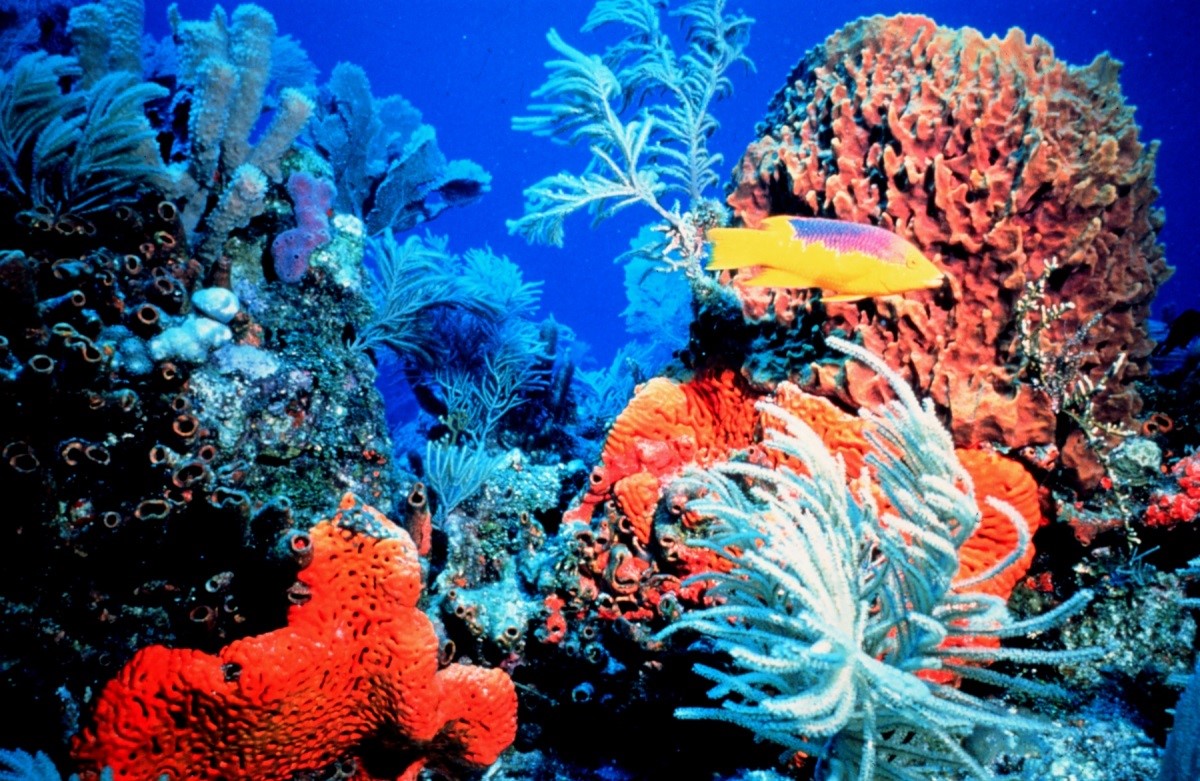Case Study 2.6: Ocean Acidification
While many of us know about the likely effects of increasing carbon dioxide (CO2) concentrations in the atmosphere on sea level rise and global surface water temperatures, fewer may be aware of the threat posed to the chemistry of our oceans. The connection between the Earth’s oceans and its atmosphere is dynamic. As levels of CO2 in the atmosphere increase, oceans absorb more of the gas, leading to ocean acidification (OA). As the pH of sea water decreases, there may be many impacts on both ecosystems and social systems, including effects on individual marine species and communities and economic and social impacts on human populations dependent on marine resources for their survival.
Before you start this case study, go to the web site listed below to review the chemistry of carbon in sea water.

Background Materials:
Ocean chemistry: To review marine carbon chemistry, visit
www.nature.com/scitable/knowledge/library/ocean-acidification-25822734
Basics of ocean acidification:
http://www.epoca-project.eu/index.php/what-is-ocean-acidification.html
http://www.pmel.noaa.gov/co2/story/Ocean+Acidification (This Pacific Marine Environmental
Laboratory website also has some good material on on-going OA research and assessment)
Coral reef ecosystems:
http://coralreef.noaa.gov/
Textbook References and Links:
Exercise 3: NOAA Ocean Acidification interactive viewer at http://coralreefwatch.noaa.gov/satellite/oa/
NOAA video “Oyster Farmers Facing Climate Change”: https://vimeo.com/43828686
Exercise 4: Watson et al. article on the jumping marine mollusk: http://rspb.royalsocietypublishing.org/content/281/1774/20132377
Exercise 7: Mathis et al. article on OA risk assessment in Alaska: http://dx.doi.org/10.1016/j.pocean.2014.07.001
Exercise 8: The complete report describing Washington State’s strategy for managing OA can be found at https://fortress.wa.gov/ecy/publications/publications/1201015.pdf
Downloadable data and files:
Exercise 4: Watson .pdf
Exercise 7: Mathis 2015.pdf


